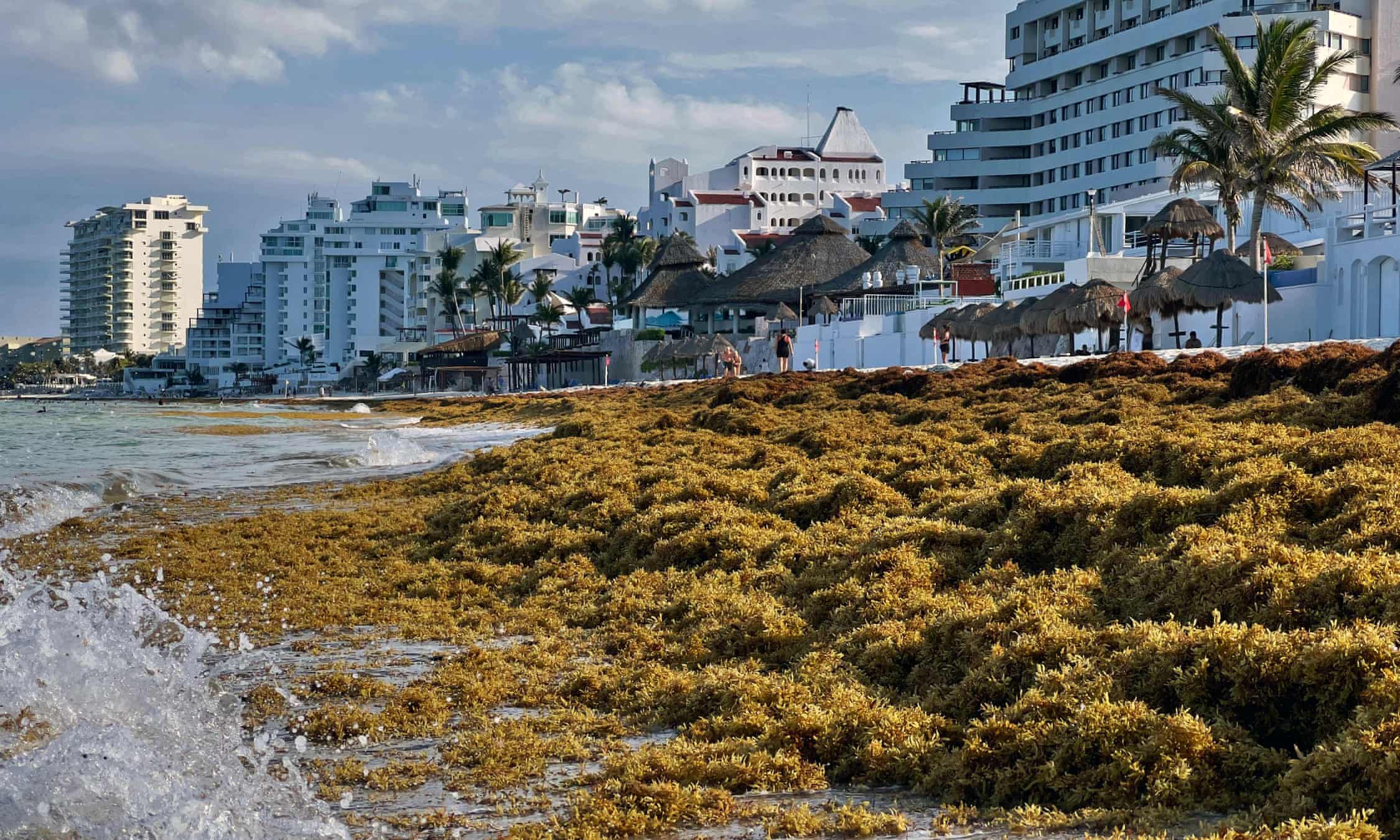 It might have been one of Alfred Hitchcock’s fanciful tales of the supernatural: a 5,000-mile wide blob of murky seaweed creeping menacingly across the Atlantic before dumping itself along the US shoreline.
It might have been one of Alfred Hitchcock’s fanciful tales of the supernatural: a 5,000-mile wide blob of murky seaweed creeping menacingly across the Atlantic before dumping itself along the US shoreline.
But now giant clumps of the 13m-ton morass labeled the Great Atlantic sargassum belt are washing up on Florida’s beaches, scientists are warning of a real-life threat from the piles of decomposing algae, namely high levels of the flesh-eating Vibrio bacteria lurking in the vegetation.
The alarming discovery by marine biologists at Florida Atlantic University (FAU) lends a dangerous new aspect to the brown seaweed onslaught, which is already threatening to spoil the state’s busy summer tourism season as coatings of decaying goop exude a pungent aroma akin to that of rotting eggs.
